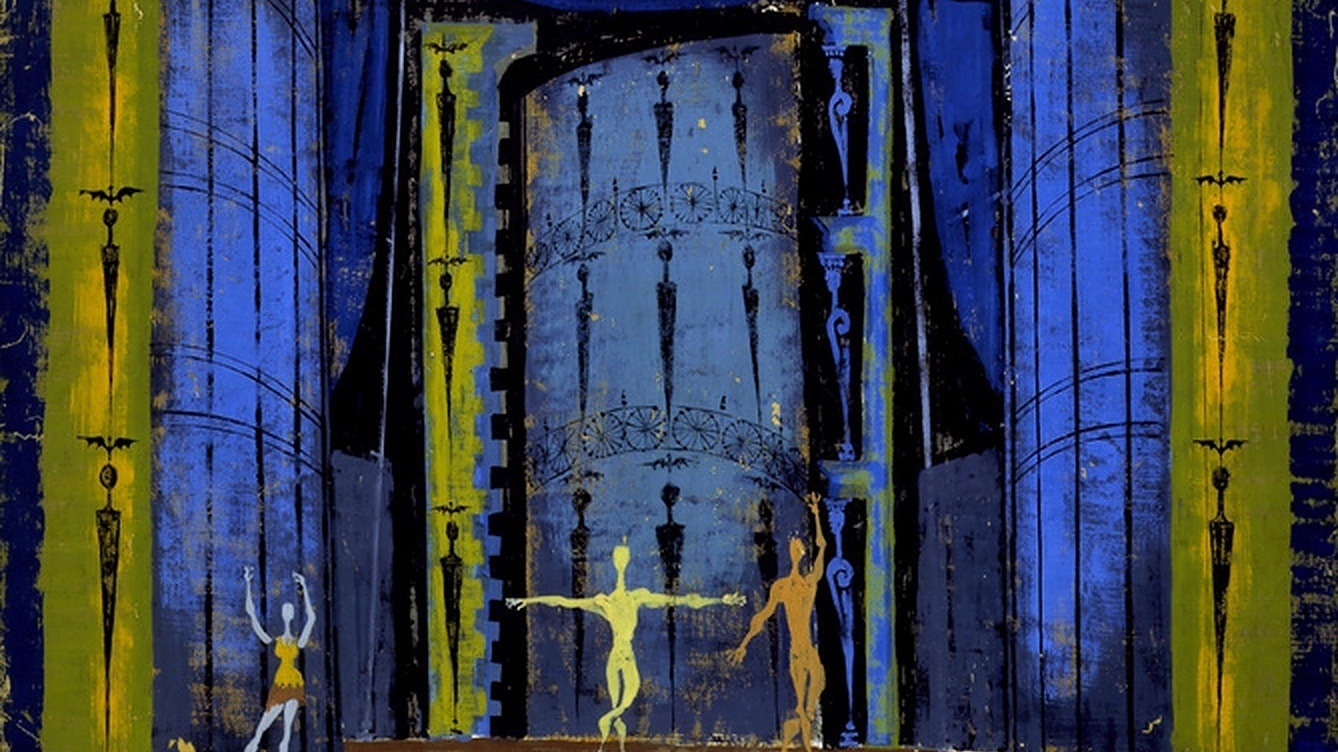Stravinsky’s Eight Instrumental Miniatures: The Land of Children at Play
In 1921, Igor Stravinsky composed a set of simple piano pieces for children titled, Les cinq doigts (“The Five Fingers”). Charmingly spare and neoclassical, each of the eight whimsical keyboard exercises are built on five notes, played in the right hand. Stravinsky returned to this music in 1962 to create the 8 Instrumental Miniatures for 15 Players. It is music which inhabits the innocent, magical land of children at play. The brief …






